Media | Articles
Just Chill: Making Sense of the Coolant Conundrum
Have you walked into an auto parts store recently to buy antifreeze? The number of options and the color-coding on the containers is enough to make your head spin. When did everything get so complicated? Here’s what’s going on.
Antifreeze—more properly called engine coolant—serves two main purposes. First, it uses ethylene glycol to extend the operating temperature of water by both lowering the freezing point and raising the boiling point. Second, because ethylene glycol oxidizes and produces acids that corrode metal, coolant contains additives that prevent acid formation and inhibit corrosion. Back when nearly all engines had cast-iron blocks and copper radiators, silicate and phosphate were the go-to corrosion-inhibiting additives. That’s what was in the ubiquitous Prestone and Zerex green coolants many of us grew up with. The antifreeze capabilities of the glycol don’t really break down, but the corrosion inhibitors do, resulting in the coolant turning a murky, rusty brown. It’s for this reason that manufacturers recommended changing the coolant every three years or 36,000 miles.
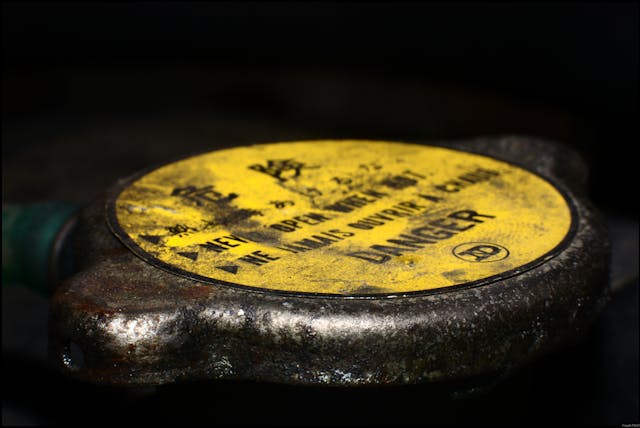
As engine designs advanced from iron blocks and heads to aluminum, and as cooling systems began using radiators with aluminum cores, and water pumps with rubber seals, it was found that the silicates in coolant, particularly when mixed with mineral-heavy tap water instead of distilled water, reacted with aluminum to form scale that could clog the coolant passages, and that phosphates could reduce the life of rubber seals. In the mid-1990s, the industry moved toward long-life coolant that used a different anti- corrosion formulation where phosphate/silicate was replaced with organic acids. Although there were publicized issues with the first of these (GM’s Dex-Cool), the industry adopted these so-called Organic Acid Technology (OAT) coolants due to the lengthened service lifetimes.

This brings us to the abbreviations like OAT. They’re confusing because the nomenclature is built around labeling the corrosion-inhibiting chemicals as inorganic or organic, but this isn’t organic in the earthy-crunchy Whole Foods way; the coolant is in no way environmentally friendly. Further, most coolant is still made with ethylene glycol and thus is still highly toxic to animals; it’ll kill them if they lap it up. Propylene glycol–based coolant is available and is much less toxic, but it supposedly doesn’t cool quite as well as the much more prevalent ethylene glycol products. Note also that coolant colors listed below are dyes, not actual chemical colors, and thus do not represent a true industry standard. But here’s a summary:
Inorganic Acid Technology (IAT) refers to old-school green silicate/phosphate coolant. This is still the advised coolant if your car has a brass or copper radiator.
Organic Acid Technology (OAT) coolants replace the silicate/phosphate corrosion inhibitors with carboxylic acids like sebacate and/or 2-EHA (carboxylic acid contains carbon and is therefore organic). OATs are typically orange in color.
Hybrid Organic Acid Technology (HOAT, yellow) coolants typically improve corrosion resistance by adding some amount of silicate (Si-HOAT—blue, red, or pink) or phosphate (P-HOAT—green or purple) to the OAT mix. The European coolants seem to be phosphate-free but with varying levels of silicate, whereas the Asian coolants tend to be the opposite—silicate-free but with a phosphate additive.
“All Makes All Models” stuff that claims to be the O negative (universal blood donor) of coolants.
Marketplace
Buy and sell classics with confidence
So, with all that, how do you determine which coolant your car needs? Start with your owner’s manual. For example, the one for my 2008 Nissan Armada says, “Use only genuine Nissan Long Life coolant (green) or equivalent.” The clue in that is “long life.” It means “not old-school green IAT.” The manual doesn’t say which kind of OATs it eats, but if you look up green coolant on Nissan’s website, it says “contains no amines or silicates which may harm water pump seals.” If you want to find equivalent aftermarket coolant, you can use the year, make, and model coolant finders that Zerex, Prestone, and Peak all have on their websites. In my case, using Peak as an example, it pointed me to Asian green, “an ethylene glycol–based antifreeze/coolant specifically developed for use in any Asian vehicle requiring a green phosphate-enhanced organic acid technology (POAT) formulation. It contains high-quality organic acid corrosion inhibitors and is free of borate, nitrite, silicate, and amines.” Bingo.
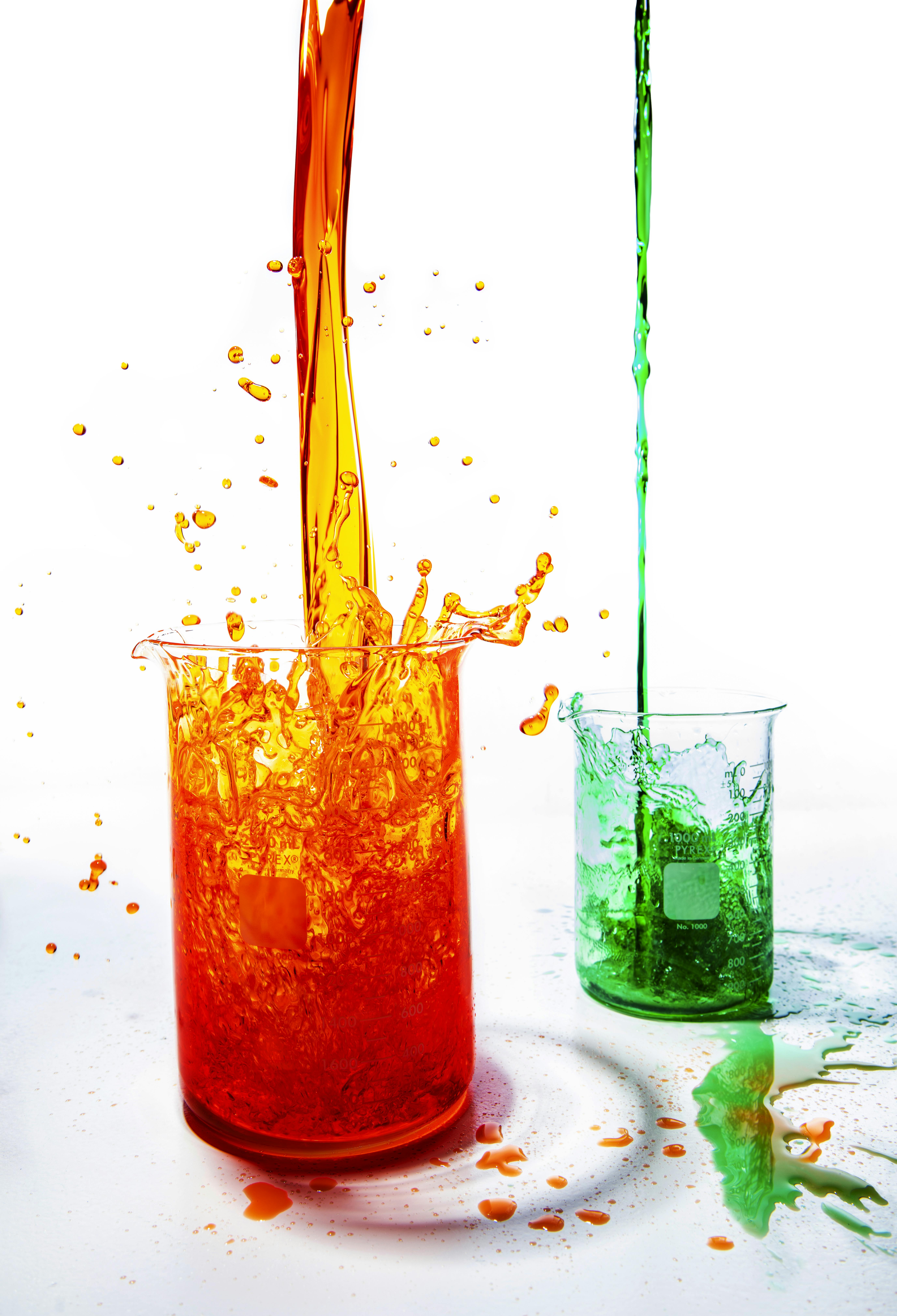
What if you’re in a bind, need coolant, and can’t find an exact match? Treat it like you would if you were very low on oil. That is, the consequences of engine failure from lack of oil or coolant are far greater than the possibility of wear from a mismatch. It’s still coolant. It’s not like you’re pouring washer fluid into the oil reservoir. Go with “all models” coolant if necessary. Avoid putting IAT in a newer car, but if it or something else is all that’s available, use it and change the coolant when you get where you need to go.
It’s kind of maddening, though. I recently purchased three yellow-colored jugs of Prestone for the vintage cars, thinking it was what I’d been buying for decades, only to learn that it’s “all vehicles” OAT coolant. The original silicate-and-phosphate stuff is now labeled “Prestone Prime Conventional Green,” whose packaging looks like the awning of a quickie mart that sells butts, beer, and lottery tickets.
***
Rob’s latest book, The Best Of The Hack Mechanic™: 35 years of hacks, kluges, and assorted automotive mayhem, is available on Amazon here. His other seven books are available here on Amazon, or you can order personally inscribed copies from Rob’s website, www.robsiegel.com.



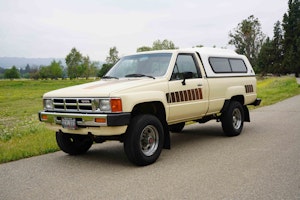

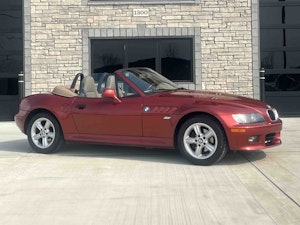
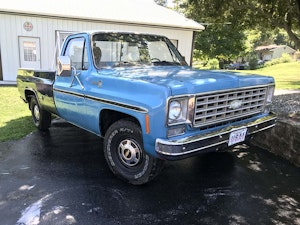








Funny story here. Years ago my sister had a cutlass. One day up here in the frozen tundra she called me and said her fan belt was squeaking badly. She only lived a half mile away so I told her to drive over. It’s dead of winter. I pop the hood and the belts turning but not the water pump. I remove the radiator cap and it’s solid ice in the radiator. Squeezed the top radiator hose and it’s like a rock. She must of had a small coolant leak and kept adding Water instead of antifreeze. I parked it in front of the house on the street (so I could keep an eye on it from the warm house without torching it) and ran my torpedo heater into the front end. Partially covering the front end of car and heater with plywood and a tarp An hour or two later I opened petcock and drained radiator. New antifreeze and good to go. Luckily no popped freeze plugs or damage I still chuckle about that one to this day
Something that worked out that well is worth a chuckle. Betting that if things had gone differently, nobody would be laughing, though!
But it highlights something touched on in the article, but that could easily get lost in the real world: if you add something to top off the rad (especially plain water), it’s only supposed to be a “temporary fix” until you get where you’re going. Then you need to get things right again before you forget and end up with Sis’s problem!
Sis, great story!
Two errors noted: 1) Ethylene glycol has the chemical formula HO-CH2-CH2-OH. That’s two carbons, which makes it organic. 2) The water does the cooling, not the ethylene glycol; therefor, the cooling of propylene glycol in water is the same as that of ethylene glycol in water. Don’t try running pure antifreeze in your cooling system unless it is pre-mixed with water.
Very very true. More antifreeze is not better.
and from your info comes another bit. water transfers heat most efficiently in pure form. glycol, corrosion inhibitors, et al in coolants actually reduce its efficiency.
Bob, thanks. The organic/inorganic label is the industry’s, not mine. Regarding propylene / ethylene glycol, my statement that propylene glycol doesn’t cool as well as ethylene glycol was culled from a web search of “does propylene glycol cool as well as ethylene glycol” and taking answers from ALSGlobal, SuperRadiatorCoils, Monarch Chemicals, Corecheminc, and others. Yes, agree that straight (unmixed) coolant that’s meant to be mixed with water should never be used.
Got as far as OAT coolant and just, well, cracked up. Please, please — look up the story about fixing a [non-pressurized] Model T water jacket with an egg and oatmeal, and what happened when new Model A owners tried the same thing. It’s a key part of Ford lore, and a big part of a nutritious breakfast.
Any comments on the waterless coolants like Evans? I believe Jay Leno uses it in all his cars.
Evans is great stuff but it doesn’t mix with water so you have to make sure it’s got no pools held- (a damp cooling system is ok, just no standing pockets)- the small damp will steam off. Evans doesn’t dissipate heat as well but it also doesn’t boil which prevents damaging steam pockets. It’s also very durable over time, which is why someone like Jay would use it. It’s very popular with my fellow enduro riders who are prone to overheating and losing coolant in very slow climbs.
Rob, in case you did not see the article by Matthew down in NC. He one up you on finding a cheap E30 and it is not two csrs made into one. I won’t remind you that you need to expand you horizons toward the mid-south to find candidates for your collection, but that would be shouting into the abode. Anyway you and Matthew need to do a multiparty joint episodes documenting your restorations. And maybe each party will learn something new. 🙂🙂
Great article, and I will never use “all makes and models” ever again. Just added a 2013 LR4, to replace my 2005 Armada. Learned the bones of the article when I replaced the water pump, cooling crossover pipes, and all the hoses before driving it (66k miles) and saw the orange antifreeze. The other cars in the stable are a 1994 e36, 2016 E350, and 2024 X7. No more emergency jug in the garage ! I will buy vehicle specific when needed.
Something of note: Whilst I hate paying for water (why most of us buy concentrate and not ready to use) the pre-mixed coolant that is specific to your vehicles needs is the way to go.
The coolant manufacturer has the equipment and capability to use most usually, de-ionized water. Sometimes distilled, and set at the correct Ph levels. This is the smart way to go for complete guess free coolant flushes, fills and topping off.
As a former independent BMW shop owner (most BMW coolant flushing being 2 years) being able to provide coolant/water mix bereft of all the drawbacks of tap water was paramount. The ready to use coolant (suck it up on costing more) offers a perfect solution.
MrMCar
So did I mess up
So did I mess up? I too bought the familiar yellow Prestong anti-freeze for my last 3 radiator replacements/repair. On the bottle it says all makes compatible and contains ethylene glycol, diethelyne glycol, water (7732-18-5) and proprietary inhibitors. It says good for alminum and cast iron components and is compatible with OAT, HOAT, POAT, and IAT. Corrosion meets ASM D3306 and D4085. I have two copper radiators and one aluminum radiator that I have used this in. ALWAYS used distilled water in them. These cars see less than 500 miles a year but I have owned them for several years (one for over 30 years). I also do electrolysis test on aluminum radiator. Also my old school radiator repair guy (70 years old and has probably seen the insides of more radiators than most) recommended the Risoline Hyper cool which also has corrosion protection and is compatible with all types of antifreeze. So far I have had zero issues with the Prestone all types antifreeze. What does this type use for corrosion protection?
I’m sorry I thought if you used water only distilled or not you would seize the water pump and/or crack the block. If you change it out every 2-3 years who cares what kind you use in whatever engine or radiator?
When you change your coolant, What is the best way to dispose of your old coolant?
The part stores should be taking it back (sometimes in the same containers as sold) and some municipalities will take it (my transfer station takes it for free). I bet some garages will take it for a fee, but not sure about that.
I’m sure you know that it is toxic, so please do not dump it down the sewer drain or storm drain.
Great article and the timing is perfect as I have been searching a lot for which is best for my car. Aluminium engine and not sure about the radiator, but believed to be original at 53 years old. “Bluecol” was the specification but not sure what the modern equivalent is. IAT seems to be the way to do. An additional suggestion I have received is to add Water Wetter to the anti-freeze/distilled water mix. Any views on that?